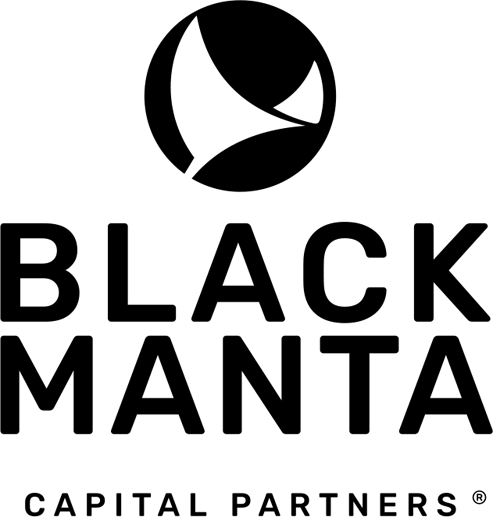
The Future of Payments in a DLT-Based European Economy
There is no more doubt, that Distributed Ledger Technology (DLT) will be at the core of the financial markets of the future. Therefore, both the European Union and European companies have to prepare themselves – both in terms of the technical applications and the respective legal framework. DLT based solutions have an unlimited number of applications in industry, the processing of transactions and the storage/trading of assets. To ensure that European companies continue to play a leading role in the global economy, it is necessary to develop DLT-based payment methods. As the European Commission’s Digital Finance Package 2020 and the European Central Bank’s Report on a digital Euro show, more and more institutions are addressing this question.
Blockchain for Europe’s analysis shows that there won’t be a single payment solution for a DLT-based European economy. In their statement “The Future of Payments in a DLT-based European Economy: A Roadmap”, they assume that there will be a wide range of payment systems for different use cases at different points in time. By comparing account- and token-based solutions for the (digital) euro Alexander Bechtel and his colleagues bring examples of how our understanding of transactions and money will fundamentally change.
In any bank transfer, the bank is the intermediary party that verifies the identities and liquidity of the parties and then releases the transaction. In comparison, token-based money does not require a third party to verify the identity of the parties. The token itself contains all the information necessary for the recipient of the payment to verify its legitimacy.
As a revolutionary concept, DLT digitally solves, for the first time, the double-spending problem and enables decentralized digital token-based forms of money. For a more seamless exchange of assets, goods and services, it is inevitable to integrate DLT-based, decentralized business logics with payment systems. Smart contracts offer flexibility and facilitate the integration of complex business processes with payments. A payment system that enables programmable money flows, is a prerequisite for Industry 4.0, including the Internet of Things and tokenized assets.
Token-based Solutions
Euro-denominated e‑money tokens (EMTs) are a token-based form of the digital euro issued by the private sector. Tokenized e‑money is issued at par value to the euro, and the holders are provided with a claim on the issuer as well as the right to redeem the e‑money at par at all times. EMTS constitute crypto assets, they are transferable on a global scale and can be seamlessly integrated into DLT-based environments to serve as means of payment, for example, for the machine economy or tokenized assets and rights. The EMT category has not yet been implemented because MiCA will only be applicable 18 months after the date of entry into force, which is unlikely before the end of 2022.
A token-based CBDC also constitutes a digital form of central bank money available to the general public. It represents a new form of central bank money—a central bank liability incorporated in a digital token (Bossu et al., 2020). A token-based CBDC could potentially also be available for cross-border payments. Token based CBDC are unlikely to be launched before 2026, but first tests could be carried out in 2022 similar to the CBDC project in China.
Blockchain for Europe‘s opinion is, that it would be desirable to have the public sector (the ECB) launching an one-size-fits-all solution as soon as possible. This optimal solution would be a token-based CBDC. Given current circumstances, it is not likely that an individual payment solution will be sufficient to address all emerging use cases. Instead, a broad array of payment solutions will emerge and coexist.




